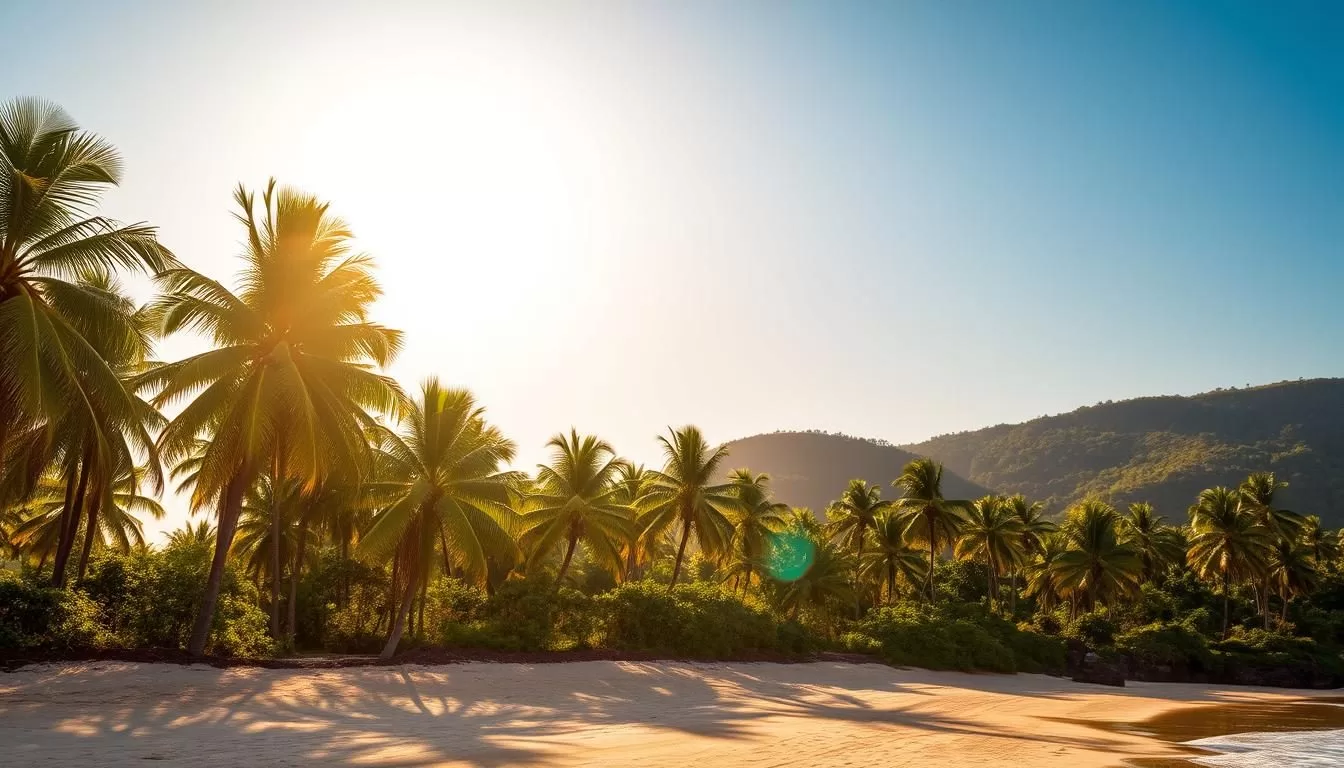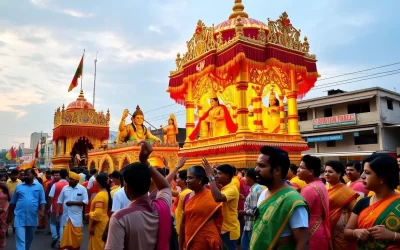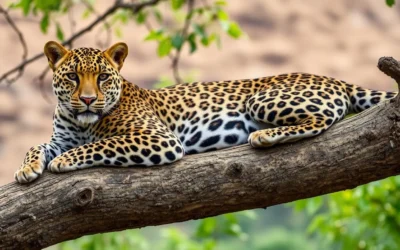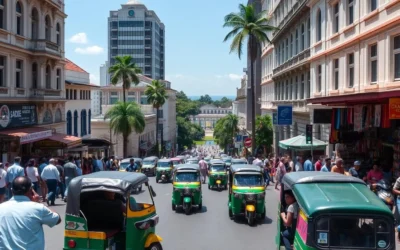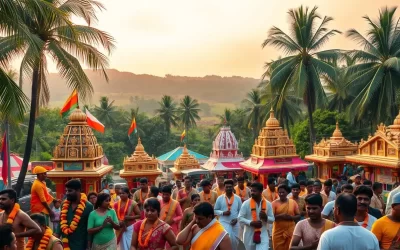✓ Accommodations ✓ Flights ✓ Rental Cars ✓ Tours & Activities
Planning a trip to Sri Lanka can be a delightful experience, given its sunshine throughout the year on various parts of the island. You might be wondering when to visit this tropical paradise to make the most of your trip.
The island experiences two distinct monsoon seasons, with some “shoulder” months in between, making it possible to enjoy ideal weather at different times in different regions. For instance, November is a great time to visit as you can enjoy decent weather at the popular beaches in the south while avoiding the bulk of the crowds.
Understanding the island’s unique monsoon patterns is essential for planning your trip. The peak tourist season, from December to March, offers dry and sunny weather in the southwest, but it also means higher prices and larger crowds. In contrast, the transition seasons of April-May and September-November offer good weather across much of the island with fewer tourists.
This guide will help you navigate Sri Lanka’s complex climate to determine the best time for your visit based on your preferred activities.
Understanding Sri Lanka’s Unique Climate Patterns
Understanding the weather patterns in Sri Lanka is crucial for planning a trip that makes the most of this island’s diverse regions. Sri Lanka’s climate is influenced by its geography, with variations across different parts of the country.
Two Monsoon Seasons
Sri Lanka experiences two distinct monsoon seasons, which significantly impact the weather across the island. The southwest monsoon typically occurs from May to September, while the northeast monsoon hits from December to February. These monsoons bring substantial rainfall to different regions, affecting the overall climate.
Regional Weather Differences
The climate varies significantly across different regions of Sri Lanka. The coastal areas generally remain warm throughout the year, with ocean breezes providing some relief from the heat and humidity. In contrast, the central highlands, such as Kandy and Nuwara Eliya, offer cooler temperatures, especially in the evenings.

- The coastal regions of Sri Lanka maintain warm temperatures year-round.
- The central highlands are significantly cooler, especially in the evenings.
- The northwest and northern areas around Jaffna are the driest region.
- Colombo and the western coast experience high humidity, particularly in April and May.
By understanding these regional weather differences, you can plan your trip to Sri Lanka according to the weather conditions that suit your preferences, making the most of your visit to this beautiful island nation.
December to March: Peak Season for Beach Lovers
The period from December to March is considered peak season for beach enthusiasts in Sri Lanka, thanks to the favorable weather conditions. During this time, the southwest coast of Sri Lanka is at its best, making it an ideal time to visit Sri Lanka.
Southwest Coast Paradise: Galle, Mirissa, and Hikkaduwa
The southwest coast of Sri Lanka, including popular destinations like Galle, Mirissa, and Hikkaduwa, offers a paradise for beach lovers. These areas boast stunning beaches with clear waters, perfect for swimming and sunbathing. The calm sea conditions during these months make it an excellent time for water activities.
Whale Watching and Perfect Surfing Conditions
December to March is also an excellent time for whale watching in Sri Lanka, particularly in Mirissa. The calm waters provide ideal conditions for spotting blue whales and other marine life. Additionally, the consistent waves during this period make it a great time for surfing, especially in Hikkaduwa.
Holiday Festivities and Cultural Celebrations
The December-March period is not just about beach activities; it’s also a time of significant cultural celebrations in Sri Lanka. You can experience the festive atmosphere during Christmas, which is celebrated with enthusiasm across the island, particularly in Colombo and other coastal areas. On February 4th, Sri Lanka celebrates its Independence Day, marking its freedom from British rule in 1948. The full moon (Poya) days during this period are also significant, with Buddhist temples hosting special ceremonies.
| Event | Date | Description |
|---|---|---|
| Christmas Day | December 25 | Celebrated enthusiastically across the island |
| Sri Lanka’s Independence Day | February 4 | Commemorates Sri Lanka’s independence from British rule |
| Full Moon (Poya) Days | Variable dates | Significant Buddhist ceremonies and rituals |
These cultural celebrations and festivities add a unique dimension to your visit to Sri Lanka, making your trip even more memorable. When you visit Sri Lanka during this peak season, you get to experience both the natural beauty and the rich cultural heritage of the island.
April to May: Transition Season and New Year Celebrations
During April and May, Sri Lanka experiences a transitional phase in its climate, accompanied by the joyous celebrations of the Sinhalese and Tamil New Year. This period is marked by changing weather patterns across the island, making it essential to understand the regional variations to make the most of your trip.
Sinhalese and Tamil New Year Experience
The Sinhalese and Tamil New Year, typically celebrated in mid-April, is a significant cultural event in Sri Lanka. You can immerse yourself in the festivities by participating in traditional games, savoring local delicacies, and witnessing the ceremonial rituals. The New Year celebrations signify the beginning of a new cycle, filled with hope and renewal.
Weather Expectations and Regional Variations
As the monsoon approaches, the weather in Sri Lanka becomes increasingly unpredictable. Temperatures peak in April or May, often reaching the upper 80s F. While the southwest regions experience increasing rainfall and humidity, the central highlands around Kandy and Nuwara Eliya offer a cooler respite. In contrast, the east coast remains relatively dry, making it an attractive destination during this period.
- The southwest monsoon starts to affect the region in May, leading to increased rainfall, particularly in the afternoons.
- The central highlands provide a cooler climate, with temperatures 10-15°F lower than in Colombo or the beaches.
- Despite the rain, the landscapes become lush and vibrant, making it a great time for nature lovers to visit.
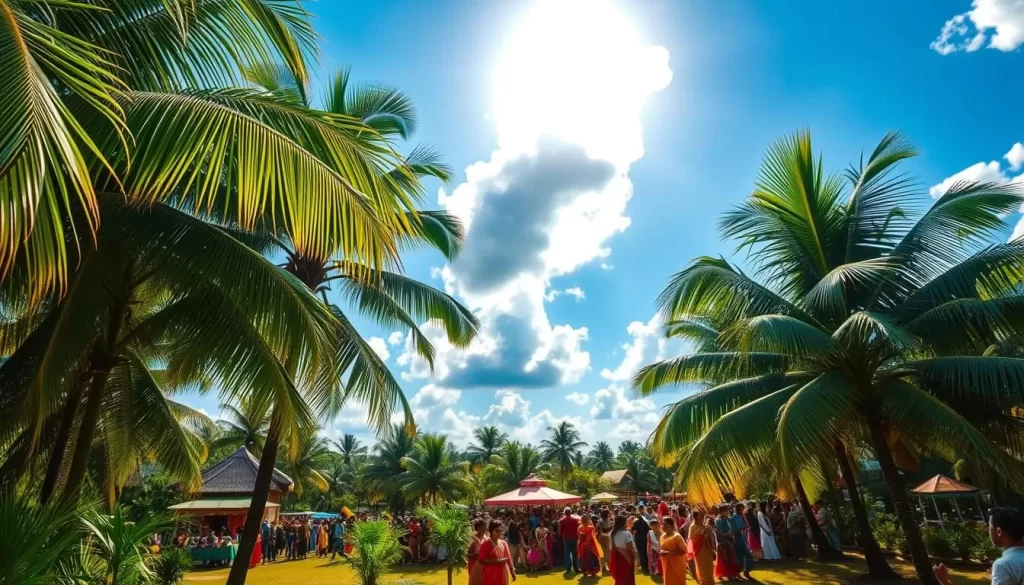
May to September: East Coast’s Time to Shine
The East Coast of Sri Lanka comes alive during the May to September period, offering a unique experience. While the Southwest monsoon brings rain to parts of the country, the East Coast enjoys relatively dry weather, making it an ideal time to visit this beautiful region.
Trincomalee and Arugam Bay: The Summer Hotspots
Trincomalee and Arugam Bay are two of the most popular destinations on the East Coast during this period. Trincomalee boasts some of the best beaches in the country, while Arugam Bay is renowned for its surfing conditions. These hotspots attract travelers looking for a mix of relaxation and adventure.
The Elephant Gathering at Minneriya National Park
One of the highlights of visiting Sri Lanka during this time is the gathering of elephants at Minneriya National Park. This spectacular event, known as “The Gathering,” typically occurs between July and September, offering a thrilling experience for wildlife enthusiasts.
Buddhist Festivals and Cultural Highlights
The May-September period is also significant for festival celebrations in Sri Lanka, particularly Vesak Poya in May and Esala Perahera in July or August. These events showcase the country’s rich cultural heritage and offer a glimpse into the spiritual practices of the country. Visitors can witness elaborate processions, traditional dances, and drummers over several days, making for a memorable experience.
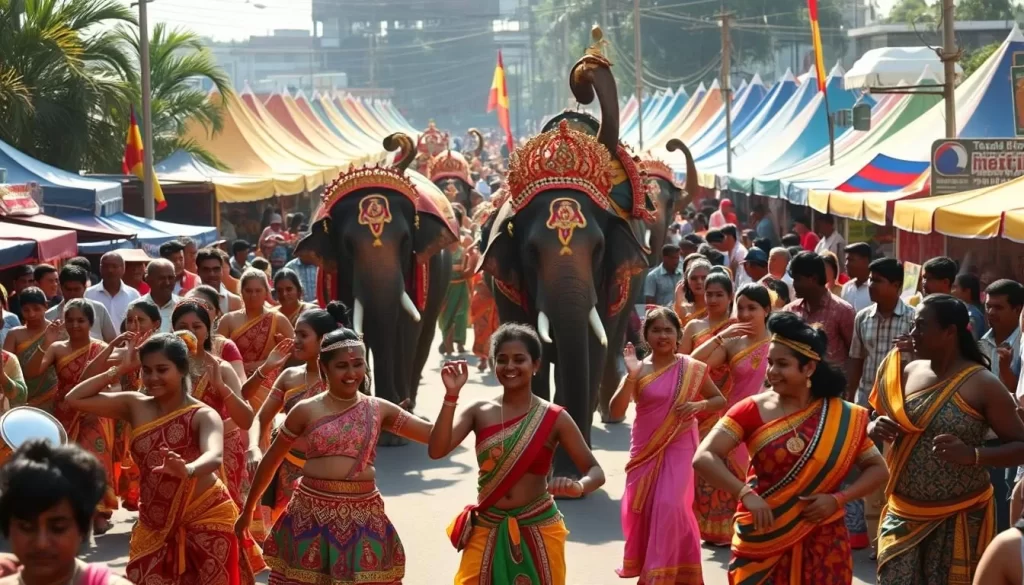
Experiencing these cultural events provides a deeper understanding of Sri Lankan identity and adds a meaningful dimension to your visit. With fewer tourists during this period, you can enjoy a more authentic and less crowded experience.
September to November: The Sweet Spot Between Monsoons
The period between September and November is considered the sweet spot for visiting Sri Lanka, offering a blend of favorable weather and fewer tourists. This shoulder season provides a perfect balance of comfortable conditions, making it an ideal time for travelers seeking value and a more authentic experience.
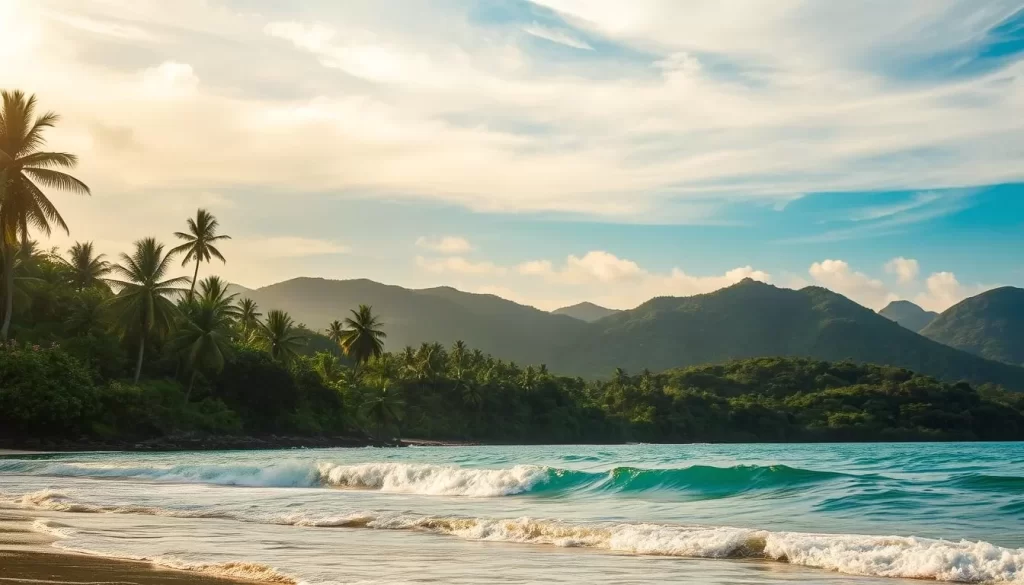
Exploring the Whole Island with Fewer Crowds
During this time, you can explore the entire island without the crowds that are typical during the peak tourist season. The absence of heavy tourist traffic allows for a more relaxed and peaceful experience, whether you’re visiting ancient ruins, enjoying the beaches, or trekking through the hill country. You can enjoy plenty of opportunities to engage with local culture and enjoy the natural beauty of Sri Lanka without the hustle and bustle.
Pre-Season Deals and Accommodation Benefits
One of the significant advantages of traveling to Sri Lanka during the September to November period is the availability of pre-season deals and discounts on accommodation. Many hotels and resorts offer special promotions to attract visitors before the peak season begins, providing excellent value for luxury experiences. You can expect accommodation prices to be generally lower, with rates often 30-50% lower than during the December to March peak season. This, combined with fewer crowds, creates an ideal environment for travelers seeking a more relaxed and authentic Sri Lankan experience.
As a traveler, you can benefit from the lower prices and greater negotiating power for last-minute deals, particularly in popular tourist areas. Restaurants, tour operators, and activity providers also offer pre-season discounts, allowing you to experience Sri Lanka’s highlights at a fraction of the peak season costs.
Sri Lanka: Best Months for a Weather-Savvy Trip by Activity
To make the most of your Sri Lankan adventure, it’s essential to know the ideal months for different activities. The island’s diverse climate means that the best time to visit varies depending on your interests.
Wildlife Safaris and National Parks
The dry season, typically from February to September, is ideal for wildlife safaris in Sri Lanka’s national parks. During this period, the dense foliage thins out, making it easier to spot animals. You can expect plenty of wildlife sightings as animals congregate around water sources.
Cultural Triangle and Ancient Cities
Visiting the Cultural Triangle, which includes ancient cities like Anuradhapura and Polonnaruwa, can be done year-round, but the cooler months from December to February make for a more comfortable exploration. The weather is pleasant, with moderate temperatures, making it ideal for exploring historical sites.
Hill Country Trekking and Tea Plantations
For trekking in the Hill Country, the best months are from January to March, when the weather is dry and clear, offering spectacular views of the tea plantations and mountains. The shoulder seasons, April-May and September-October, also provide good trekking conditions with fewer tourists.
The Hill Country’s cooler climate, with temperatures 10-15°F lower than the lowlands, makes it a year-round refuge from the coastal heat. You can enjoy trekking, visiting tea plantations, and experiencing the local culture in a comfortable climate.
Weather-Smart Planning Tips for Sri Lanka
To make the most of your Sri Lankan adventure, it’s essential to be weather-smart. Understanding the country’s climate patterns will help you prepare for the best time to visit and make informed decisions about your itinerary.
Packing Essentials for Different Seasons
Packing the right gear is crucial for a comfortable trip to Sri Lanka. During the monsoon season, bring waterproof clothing and sturdy footwear to navigate through flooded areas. In contrast, the dry season requires lightweight and breathable clothing to stay cool. Consider the activities you plan to do and pack accordingly.
- Rain gear for monsoon seasons
- Lightweight clothing for dry seasons
- Comfortable footwear for hiking and exploring
Transportation Considerations During Monsoons
During the monsoon season, heavy rainfall can cause temporary flooding and slower driving conditions, particularly in rural areas. To minimize disruptions, consider the following transportation options:
- Train travel: A reliable alternative during monsoon periods, with scenic routes through the Hill Country generally operating regardless of weather conditions.
- Domestic flights: For visits during peak monsoon months, consider flying between major destinations to maximize your time.
- Buffer days: Build in extra days to your itinerary to accommodate potential weather-related delays.
Conclusion: Crafting Your Perfect Sri Lankan Itinerary
Whether you’re looking for a relaxing beach vacation or an adventurous escapade, Sri Lanka’s climate diversity has got you covered throughout the year. This island nation is a treasure trove of experiences, with its diverse microclimates ensuring that there’s always something to enjoy, regardless of the time of your visit.
Sri Lanka truly offers year-round travel possibilities, with each season providing unique experiences and advantages depending on your travel preferences and priorities. The ideal Sri Lankan itinerary balances your desired activities with the optimal seasons for each region, potentially combining beach time, wildlife viewing, cultural exploration, and highland trekking.
For first-time visitors with flexibility in their travel dates, the shoulder seasons of April-May or September-November offer an excellent compromise of good weather, moderate crowds, and reasonable prices. You can structure your trip to follow favorable weather patterns, perhaps starting in the Cultural Triangle before heading to whichever coast is experiencing its best conditions during your visit.
Ultimately, there is no single “best time” to visit Sri Lanka—instead, understanding the island’s climate patterns allows you to craft a personalized itinerary that maximizes your specific travel interests regardless of when you visit this beautiful island nation.
The above is subject to change.
Check back often to TRAVEL.COM for the latest travel tips and deals.
